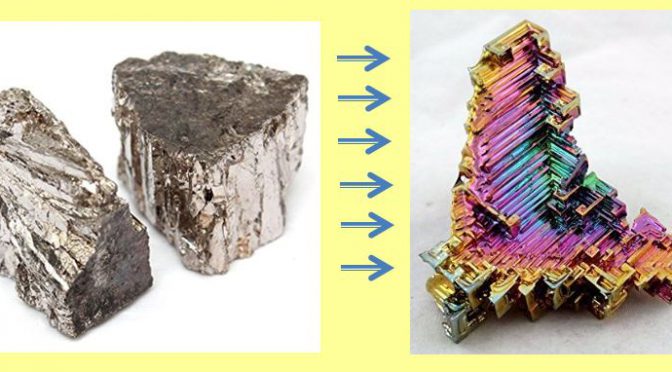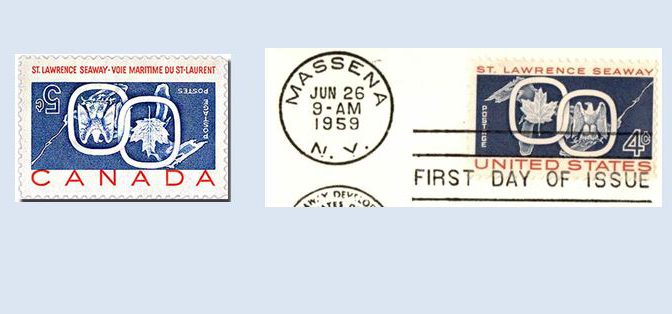
Lots of folks like minerals. Many of us also like to cook. At the October meeting of the Wayne County Gem and Mineral Club Inga Wells brought native bismuth and her “cooking” equipment and showed us how to cook up some bismuth crystals. Everybody got a close-up look at bismuth stew and then got to take a piece home.
Bismuth (Bi) is a post-transition metal with an atomic number of 83, directly beside lead on the periodic table and below antimony and arsenic. However, unlike arsenic, bismuth is non-toxic and heating to the melting point does not emit dangerous fumes. That said, the silvery-white metal melts at 530⁰ F so you might want to wear gloves and observers should keep at a distance while the crystals grow. Inga told us that stainless steel pots and silverware and a hot plate seem to be the best tools for heating and handling the molten material. It is further recommended that once pots are used with bismuth that they are retired from primary kitchen use! You can also see that Inga wore safety goggles, although not gloves.
Continue reading Cooking Up Some Bismuth →

Winter is approaching and at some point, I will likely rediscover my stamps collection and either acquire some new stamps or improve the organization of those I already own. I certainly do not think I need another idea for a new collection, but if I did I believe I might look at the idea of Joint Issues. I do have a few set aside just in case I change my mind. I’m sure that looking for more might be an interesting thing to do at the next stamp show I attend
One aspect of Joint Issues is the pure variety in the reason countries come together to commemorate events, accomplishments, or cultural topics. Some involve recurring relationships, such as EUROPA, but most are one time commemorations with a singular and unique purpose. A collector could seek global issues, but it is also possible to build quite a collection with United States issues only. Continue reading Joint Stamp Issues →
Retired, collecting minerals and stamps, growing flowers and vegetables, and when the spirit moves, toying with technology

